- Details
Seaguar Report
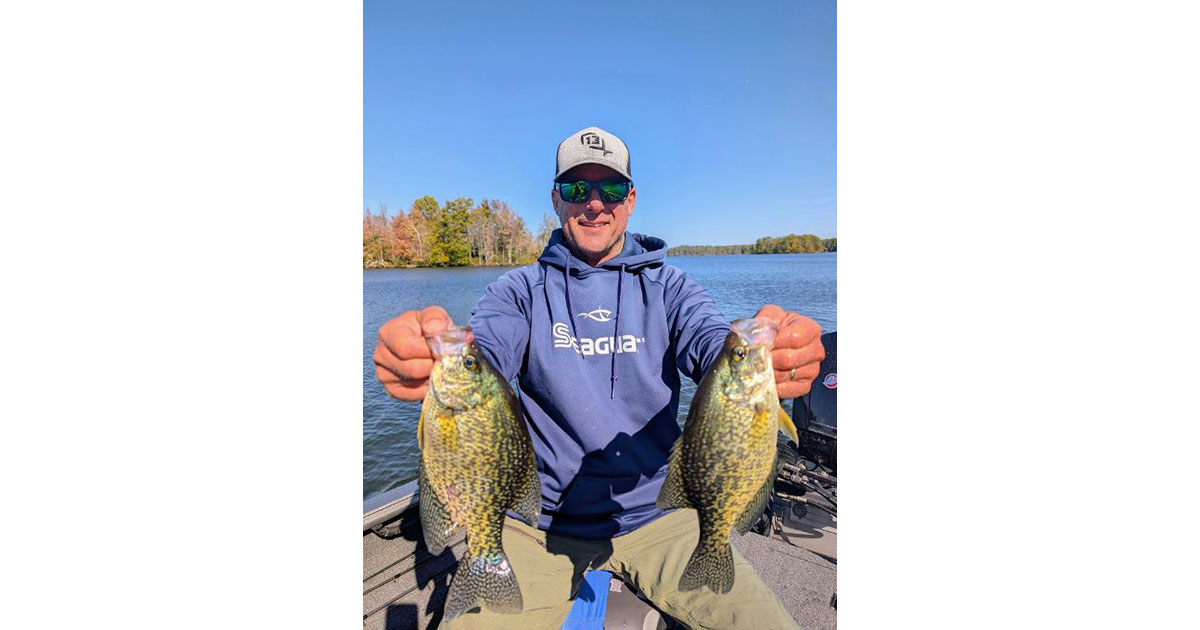
One of America’s most sought-after panfish is the crappie which can be caught in bunches when you find them.
From north to south, they are targeted by anglers looking for fun and to fill their freezers with these tasty filets. Fall months and into winter can be some of the best fishing of the year.
Wisconsin guide Jeff Evans guides clients looking for some late season open water action.
Deep Basins in the North
As winter begins to creep in, Evans and other anglers in the northern states head to the deeper basins to chase crappie. It’s part of their annual migration to wintering areas and can provide some fantastic fishing.
“Late in the season, as the days shorten and the water starts to cool down into the 50s and 60s, the crappie will start to move into the main lake basins, especially the mud basins,” Evans shared. “The crappie that head out there start feeding on bloodworms coming out of the bottom. The best depth ranges are between 20 and 30 feet of water, as this is where crappie spend their winter. Ice anglers would benefit from extra fall fishing so they can locate where these schools of crappie are because they won’t be far when ice forms.”
Locating these schools is something that’s done with the help of his electronics. “You have to trust your electronics this time of year, and once you find them, it’s going to be very obvious,” he said. “I’m looking for fat, short blobs on the graph that are very close to the bottom. You don’t want to start fishing until you see bunches of them; seeing one or two is not worth stopping on, and you want your screen to just light up with them.”

To catch fall crappie, Evans and his clients rely on a tried-and-true rig with a slip bobber and small jig. “Slip bobber fishing is a staple for crappie and we fish small plastics and fish it just off of the bottom because most of the fall, they are going to be really close to the bottom,” he said. “We rig it so it’s about six inches off the bottom with a 1/64-ounce jighead, most of the time with a small plastic bait, mainly small tube baits."
As for colors, he keeps it simple. "I’ve tried all kinds of colors and it always seems to come back to pink and white, no matter what lake we’re on," Evans said. "To keep our bait down, we use a 1/8-ounce egg sinker, a barrel swivel, and a 1/8-ounce slip bobber that is counterbalanced so it barely floats, because a lot of times they hardly bite, and when one just breathes on it, that bobber will move.”
Evans uses a 6-foot, 10-inch ultralight 13 Fishing Defy rod with a 1000-size Daiwa spinning reel and spools it with 20-pound Seaguar Smackdown braided line. From his barrel swivel to the jig, he opts for a 12-inch section of 8-pound Seaguar Gold Label fluorocarbon.
“Smackdown is a great braided line that really holds the slip knot for the bobber very well, it sticks where I want it to stick and won’t slide up,” he said. “Gold Label is the ultimate leader for finesse fishing. It’s thin, flexible, and does everything I want to line these shy fish, which can get pretty goofy at times.”
- Details
Seaguar Report
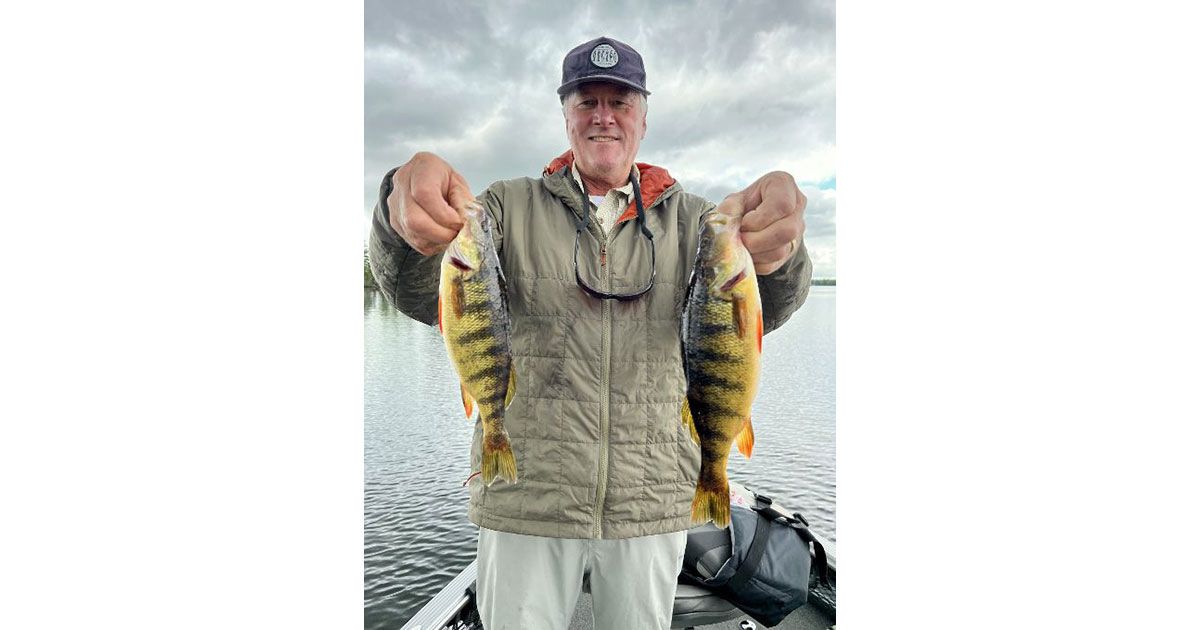
One of the most accessible groups of fish across the country are the various panfish species. They can be found just about everywhere and are generally prolific and tons of fun for all ages to target. Bluegill, crappie, perch, and other similar species are also some of freshwater's best-tasting fish.
Two popular fishing guides, Western New York's Capt. Joe Fonzi and Wisconsin's Jeff Evans each spend a good portion of their seasons guiding for panfish, which end up making an excellent meal for their clients. Both shared insight into their favorite species, how to catch them, and their secrets for cooking the best-tasting fish.
- Details
By Louie Stout
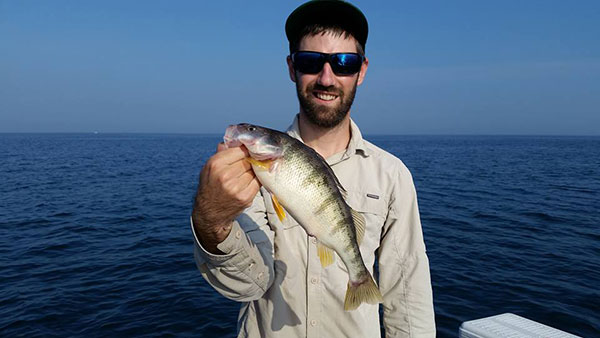
We may be in dead of winter, but the impact of the weather over the next two months could have an impact on Lake Michigan perch fishery.
How so? Well, the past few winters were much milder and opened the door for remarkable perch fishing successes, especially in northwest Indiana waters.
Consider this – the Indiana DNR estimates some 70,000 perch were harvested in Hoosier waters last year– three times the 10 year average! Creel statistics show that 55 percent of those were taken in February and 35 percent in March. The remaining 10 percent were caught the rest of the year, with the bulk coming in July.
Milder weather in those early months enabled western Indiana anglers to get after a vulnerable adult perch population that groups up prior to the spawn.
Many of the perch caught there last year averaged a whopping 12 inches and are pre-spawn fish staging in deep clay flats in 50 to 60 feet of water.
Meanwhile, summertime anglers struggled, but Indiana Biologist Ben Dickinson believes that was largely due to weather patterns that pushed cold water farther offshore and away from traditional perch anglers.
The quality catches in late winter don’t seem to compute with DNR surveys that show spawn successes the last 10 or so years haven’t been very good.
“There was a great year class in 2015 and there have been a few blips here and there, but overall, not very good,” Dickinson said.
- Details
Z-Man Report
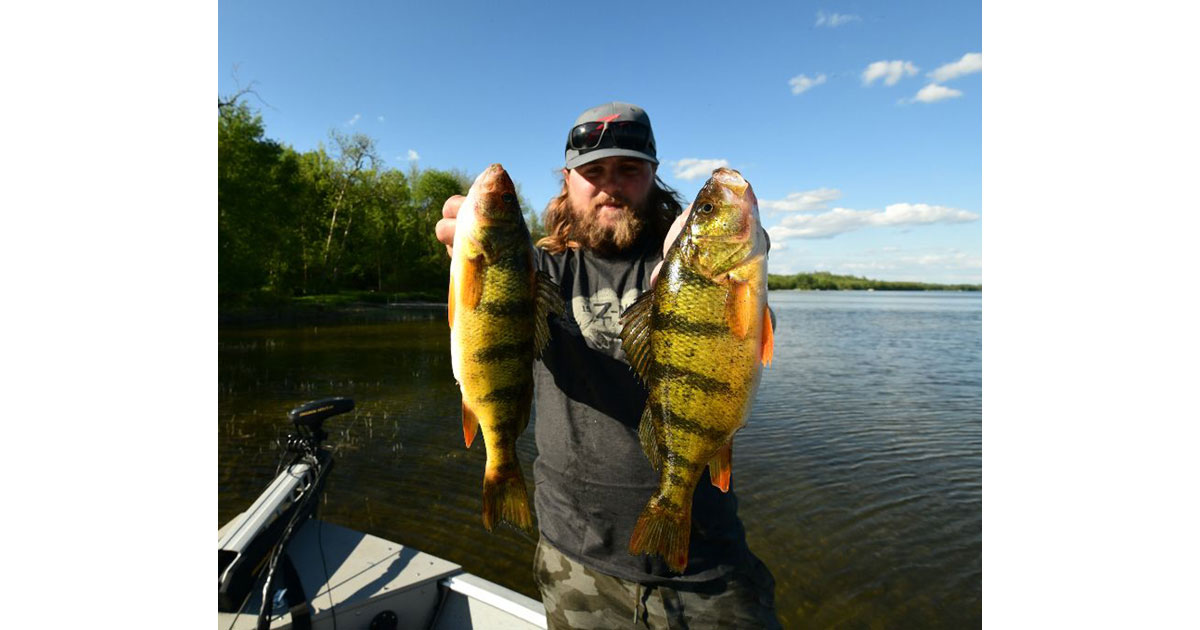 Yellow Perch
Yellow Perch
Sometimes, it pays to pitch for panfish as if they’re merely miniaturized versions of their larger bass brethren. In a way, they are. As members of the (Centrarchidae) sunfish family, species like bluegills, crappies and bass, in fact, all share a common pedigree.
The connection is even closer than anglers realize, as each of these species regularly co-mingle around the same aquatic turf, feasting upon the very same prey. Crayfish, insect larvae and tiny shad and shiners all whet the appetites of these communal predators. Bass and big bluegills frequently stalk the same rock-strewn turf, nosing around in little nooks and crevices for concealed crayfish, or larval insects clinging to the hard cover. Same deal on boat docks.
Whether close to cover or cherry-picking emerging insects in the abyss, panfish frequently feed up and off bottom, leaning on their nearsighted talents to inspect potential prey, eye-to-eye.
Offering all the depth precision of a slip bobber or float rig, yet with the added ability to traverse the bottom terrain, micro-sized finesse rigs remain among the deadliest yet most overlooked panfish presentations of all. But accomplishing the valuable “hover” portion of the presentation relies solely on a new generation of specialized superplastics—exceedingly soft and lively, impossibly durable and perhaps most important, naturally buoyant.
- Details
Seaguar Report
The panfish family includes several of freshwater's most popular and best-tasting fish. They are a favorite quarry from youngsters to experienced anglers looking for a fun fishing outing or to stock their freezer with tasty filets.
Their wide range makes them accessible to most anglers and they're generally eager to bite when you locate them. One of the greatest things about fishing for them is that it can be as straightforward or as complicated as you want to make it, but catching more and bigger panfish takes the right live bait or lure for the situation.
Minnesota-based fishing personality Nicole Jacobs and Wisconsin guide Vince Moldenhauer share their insights on bait selection for three popular panfish species.
Crappies
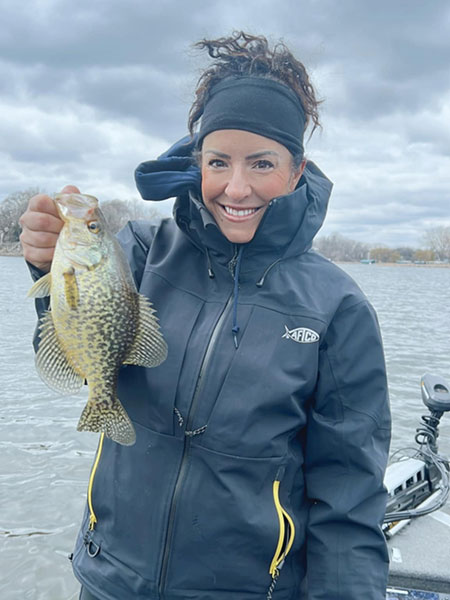 Crappie
Crappie
A prized target everywhere, crappies are aggressive fish that are fun to catch and make for excellent table fare. Catching them is possible with a wide range of baits, depending on the season.
When the ice has just recently thawed early in the year, Nicole Jacobs keeps the ice fishing mindset with small ice fishing jigs when fishing for fun or guiding clients on Twin Cities Metro area lakes.





